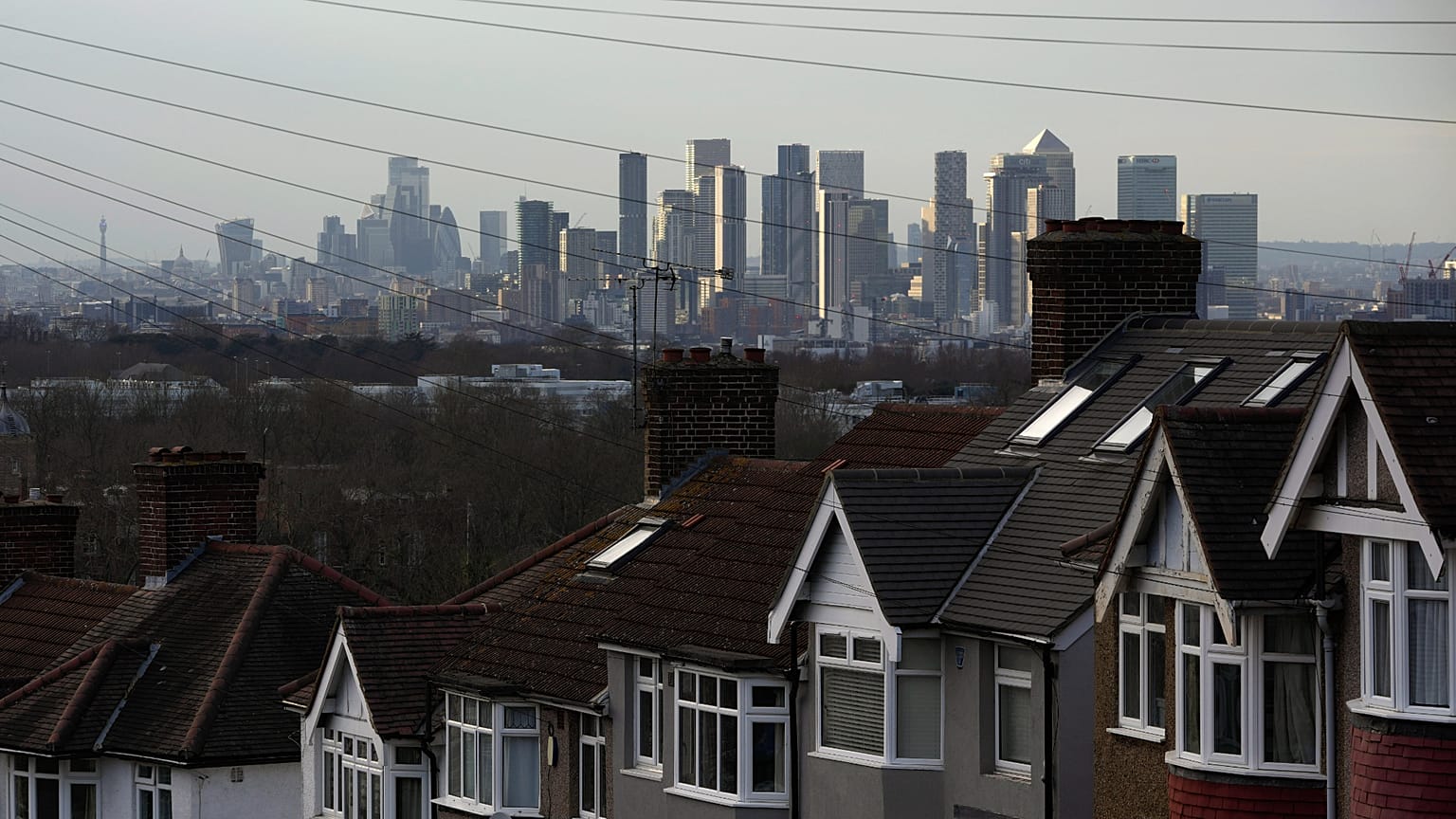UK housing prices rose faster than expected in September, with northern regions driving gains, while the South and capital remain sluggish.
UK house prices climbed faster than forecast in September, underscoring the market’s resilience but also stoking fresh worries about affordability, widening regional divides and raising questions over how long first-time buyers can keep up with prices.
"The message is clear: this is a market that refuses to stand still. While growth may not be headline-grabbing, it is sustainable, it is reliable, and it is happening in spite of seasonal distractions, interest rate speculation and political noise," said Marc von Grundherr, director of Benham and Reeves.
The Nationwide UK Housing Index showed a 0.5% monthly rise in September, more than double economists’ forecasts. Annual growth edged up to 2.2%, supported by low unemployment and expectations of interest rate cuts, factors that raise demand for housing.
"London, of course, remains the outlier and growth has been slower across the capital. However, even the most modest gains equate to thousands of pounds in real terms given the capital’s higher values," von Grundherr continued.
Nationwide puts London’s annual growth at 0.6% for the third quarter of 2025.
This indicates that demand in the housing market is holding up, with more buyers willing or able to enter despite affordability pressures. Sellers also appear more confident in asking for higher prices, suggesting the market has regained momentum after a softer summer.
"Progress during the traditionally quieter summer months has been steady and, with the added stability of another base rate hold, the outlook for the remainder of the year remains positive, despite some uncertainty surrounding the upcoming budget," explained Guy Gittins, CEO of Foxtons.
Regional differences in price hikes
The latest Nationwide Index shows sharp contrasts and an uneven increase in prices between different regions of the UK. While the national picture suggests modest growth, most of the momentum seems to be concentrated outside the traditionally priciest areas.
Northern Ireland remains the clear outlier, recording a 9.6% annual increase in the three months to September — far above the national average. Northern England also outperformed, with growth of 3.4% year-on-year, and the North region in particular climbing by 5.1%. The North includes areas like Tyneside, Teesside, and Cumbria.
Wales posted a 3% annual rise, while Scotland saw a 2.9% gain, slightly slower than in the previous quarter.
By contrast, southern England is lagging, with growth of just 0.7% over the year. Within that, the Outer South East posted the weakest result at 0.3%, and London barely moved, highlighting the persistent affordability pressures and tighter buyer sentiment in the capital.
The data indicates that regions with lower starting or opening prices and stronger general affordability are driving the national market higher, while wealthier southern areas are cooling or not keeping up with the pace.
Nationwide noted that mortgage approvals, at roughly 65,000 a month, are back to pre-pandemic norms despite higher interest rates, suggesting that activity has stabilised even if regional disparities remain.
By property type, semi-detached homes saw the strongest gains, up 3.4% year-on-year, followed by detached at 2.5%. Prices for terraced houses grew by 2.4% while flats recorded a small decline of 0.3%, continuing a longer-term trend of underperformance.


















